Product Description
This microbial agent comes in powder form, composed of multiple effective bacterial strains, including Acinetobacter, Bacillus, Saccharomyces, Micrococcus, and a proprietary bioflocculant bacterium. It also includes essential enzymes and nutritional agents to support rapid microbial activation and growth.
Appearance: Powder
Viable Bacteria Count: ≥20 billion CFU/g
Main Functions
Efficient COD Removal
Promotes the breakdown of complex and refractory organic compounds, significantly improving COD removal efficiency in biological treatment systems.
Wide Tolerance and Environmental Resilience
The microbial strains demonstrate strong resistance to toxic substances (e.g., heavy metals, cyanide, chloride) and can maintain activity under low temperatures or salinity conditions up to 6%.
System Stability and Performance Boost
Ideal for system start-up, overload recovery, and stable daily operations. Reduces sludge production and enhances overall treatment capacity with lower energy and chemical consumption.
Versatile Application Compatibility
Can be applied to various wastewater systems including municipal treatment plants, chemical effluents, dyeing wastewater, landfill leachate, and food processing wastewater.
Application Fields
This product is widely used in the following sectors:
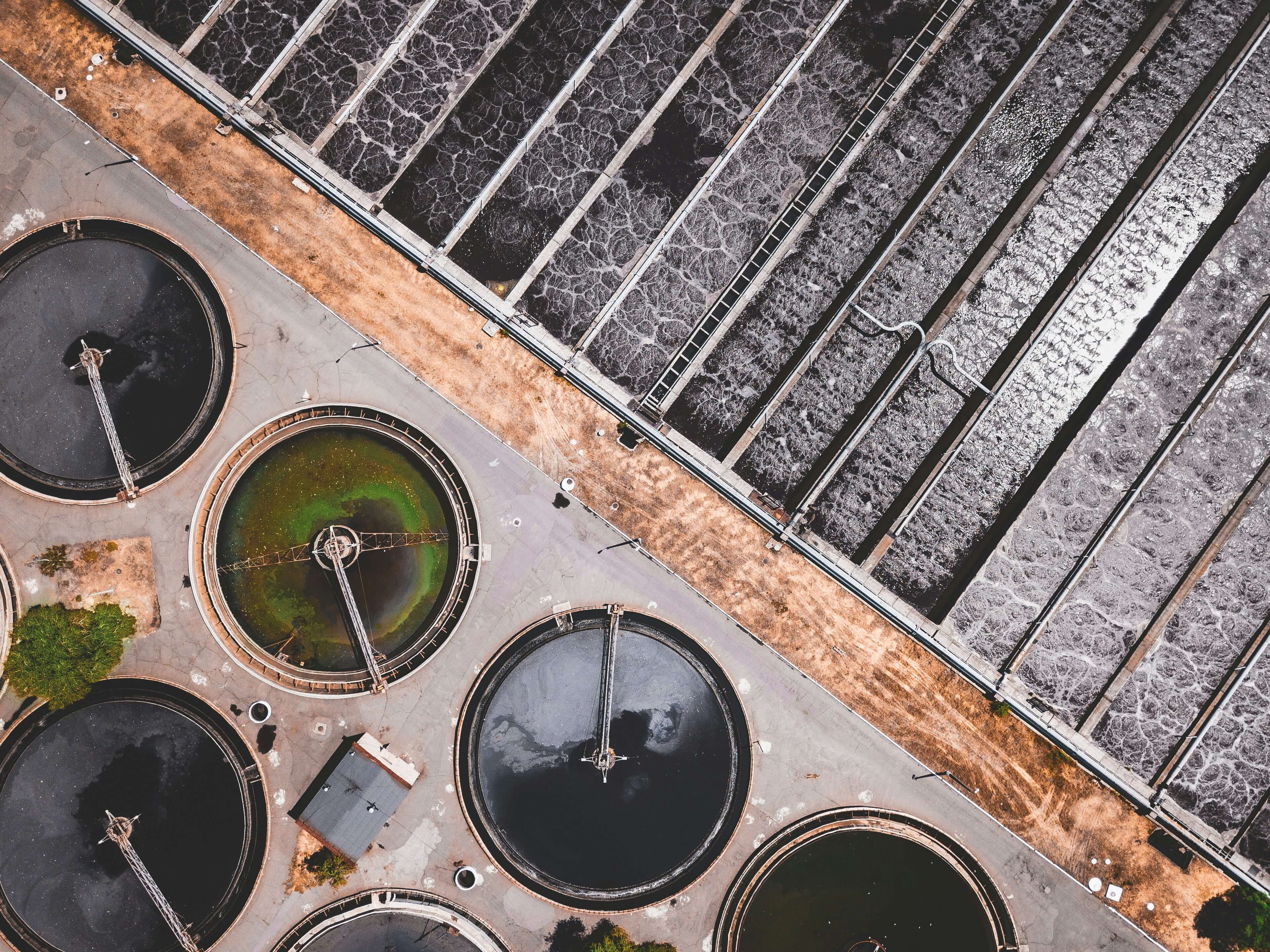
Municipal sewage systems
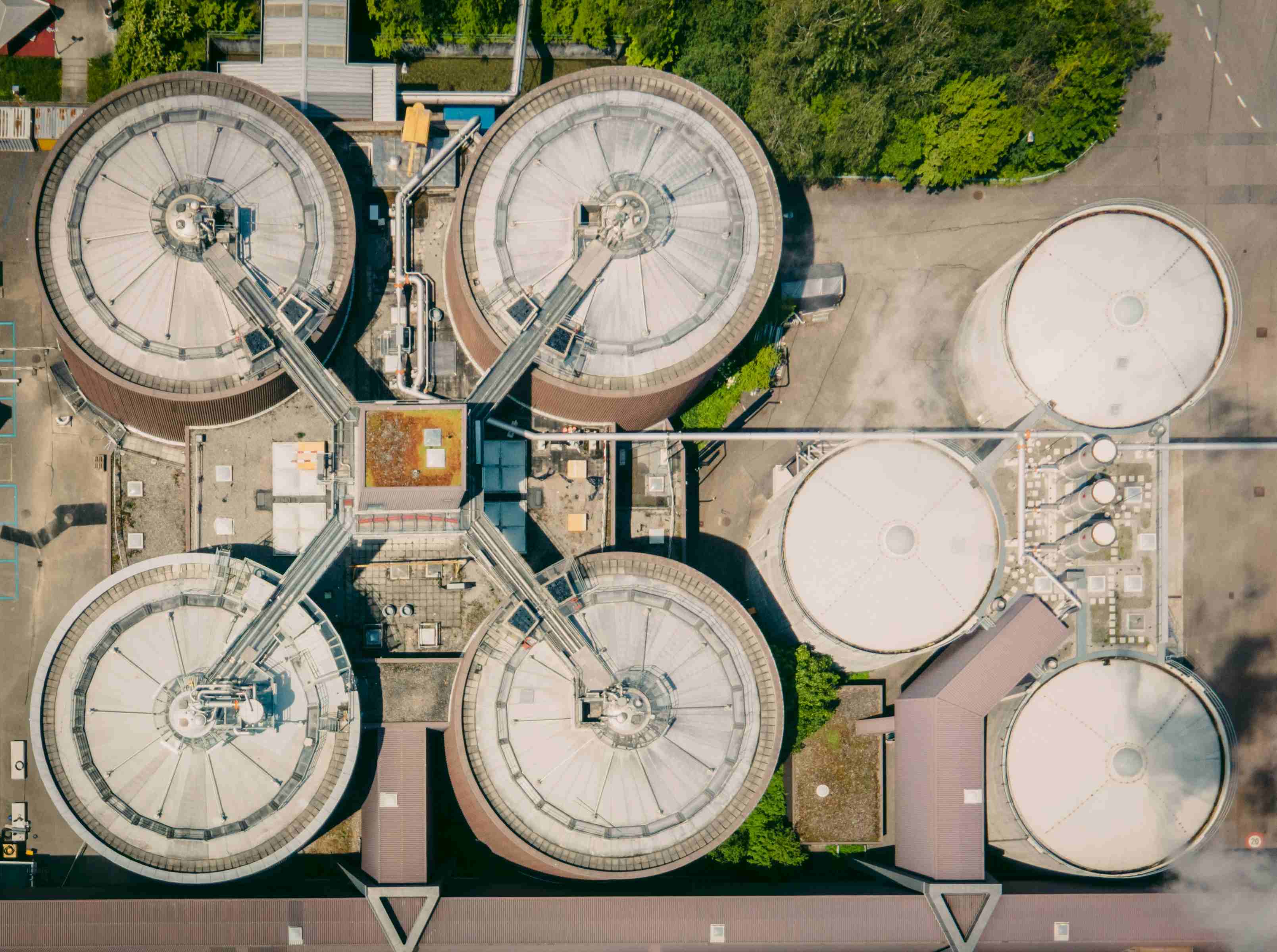
Industrial wastewater (chemical, textile, food, pharmaceutical)
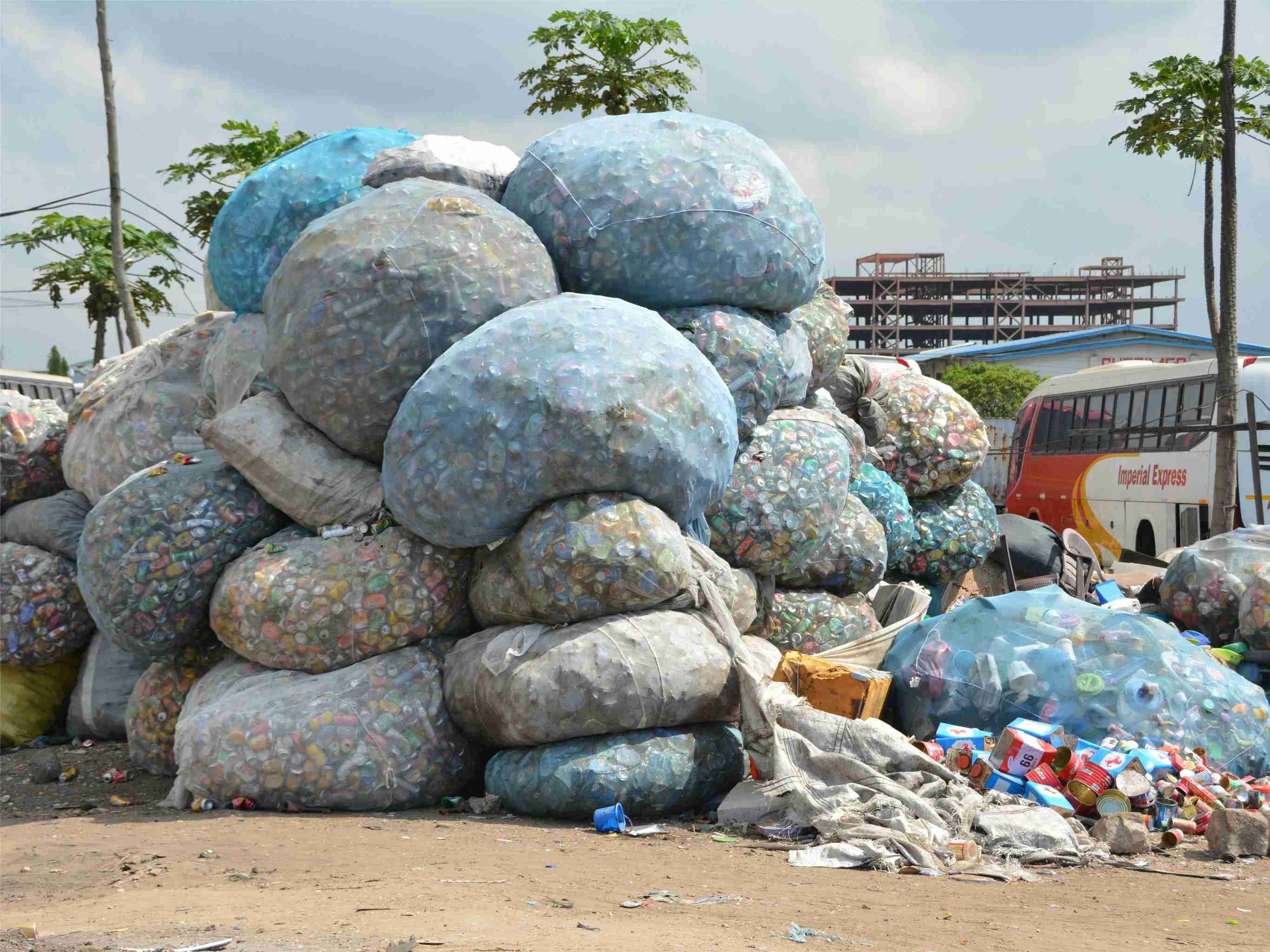
Landfill and garbage leachate treatment
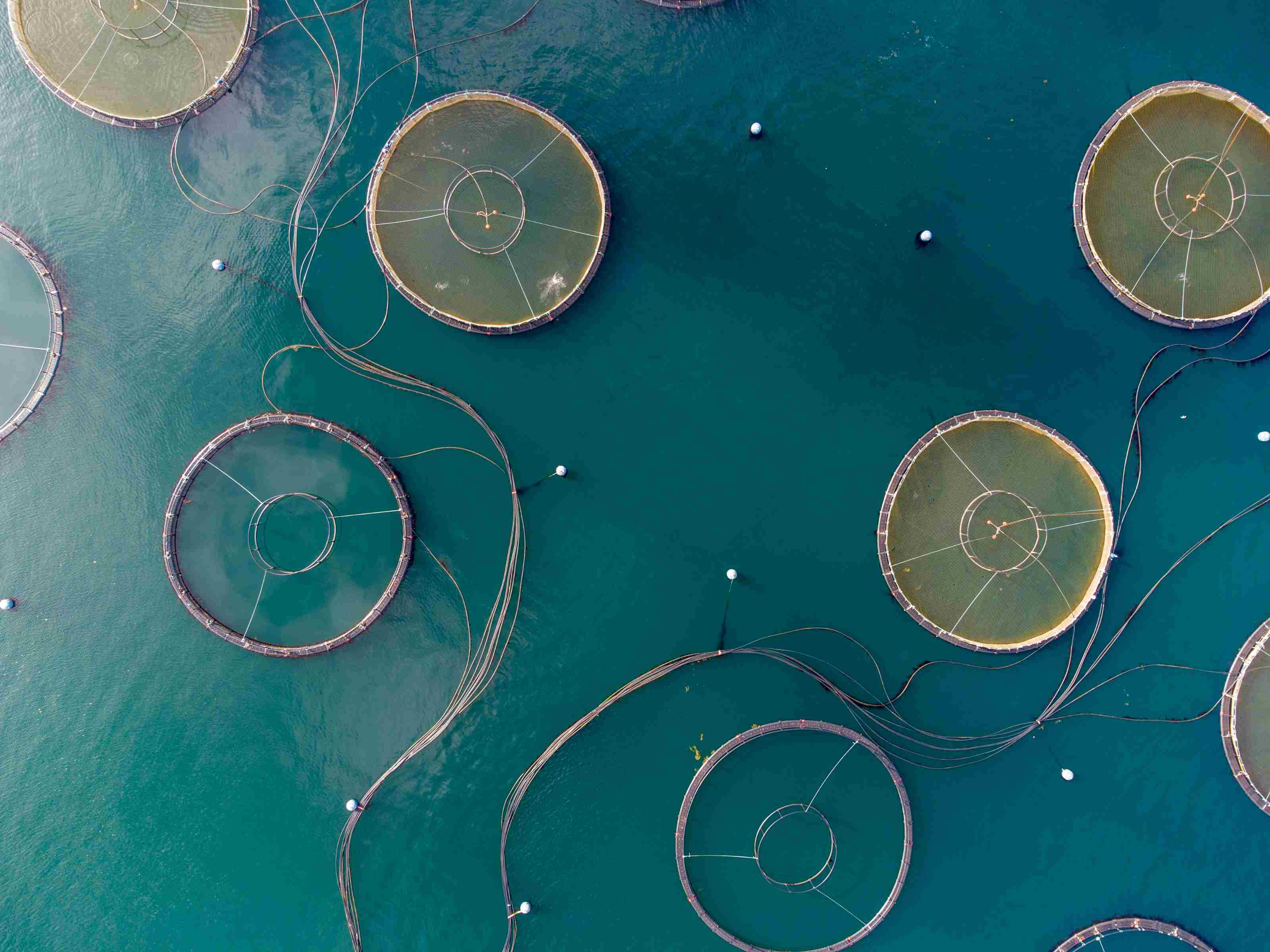
Aquaculture and landscape water treatment
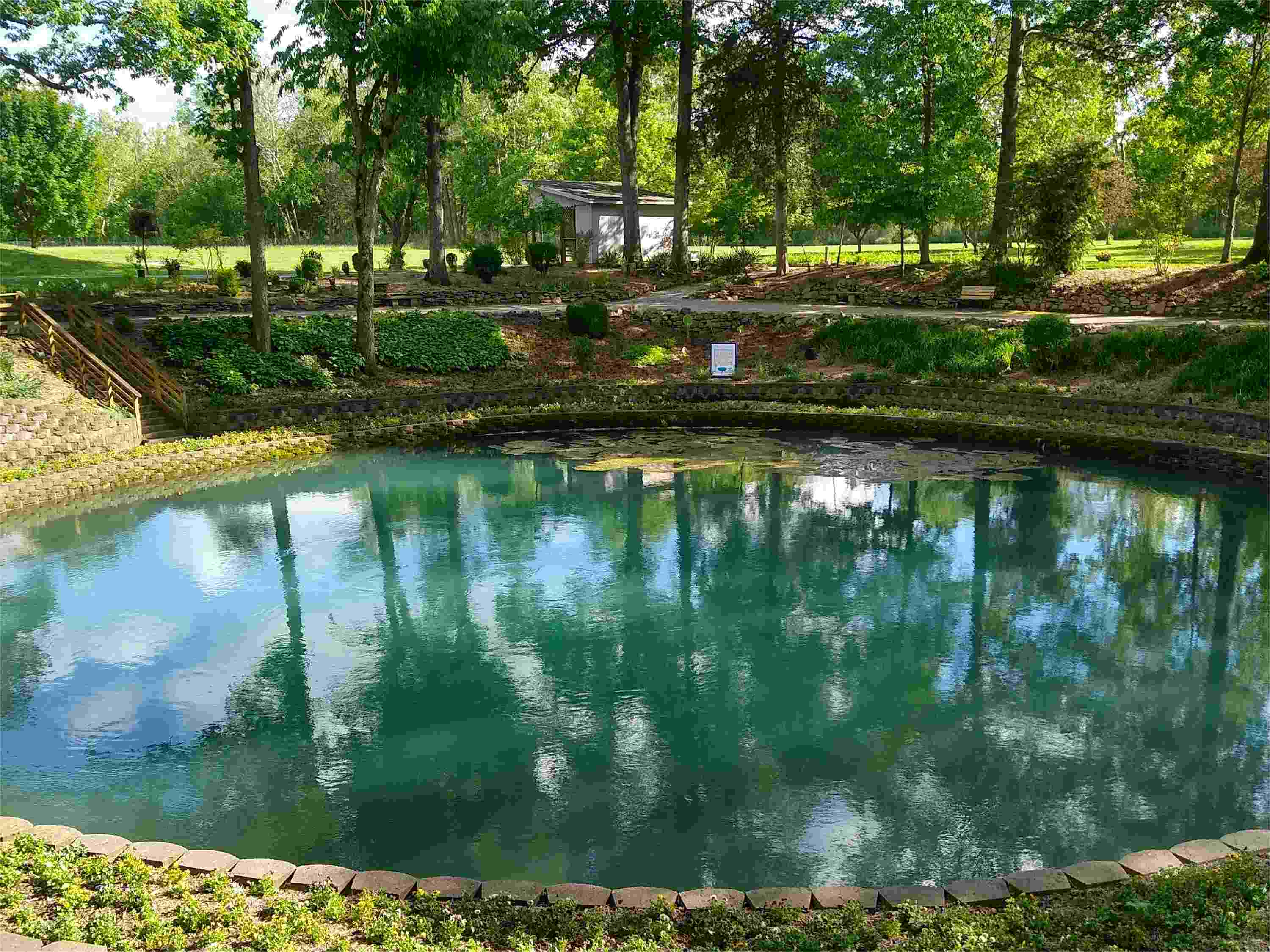
River, lake, and wetland ecological restoration projects
Recommended Dosage
Initial Dosage: 200g/m³ based on tank volume
Adjustment: Increase by 30–50g/m³/day when inflow fluctuations impact the biochemical system
Optimal Application Conditions
|
Parameter |
Range |
Notes |
| pH | 5.5–9.5 | Optimal range: 6.6–7.8, best at ~7.5 |
| Temperature | 8°C–60°C | Optimal: 26–32°C. Below 8°C: growth slows. Above 60°C: cell death likely |
| Salinity | ≤6% | Works effectively in saline wastewater |
| Trace Elements | Required | Includes K, Fe, Ca, S, Mg – usually present in water or soil |
| Chemical Resistance | Moderate to High | Tolerant to certain chemical inhibitors, like chloride, cyanide, and heavy metals; evaluate compatibility with biocides |
Important Notice
Product performance may vary depending on influent composition, operational conditions, and system configuration.
If bactericides or disinfectants are present in the treatment area, they may inhibit microbial activity. It is recommended to evaluate and, if necessary, neutralize their impact before applying the bacteria agent.









